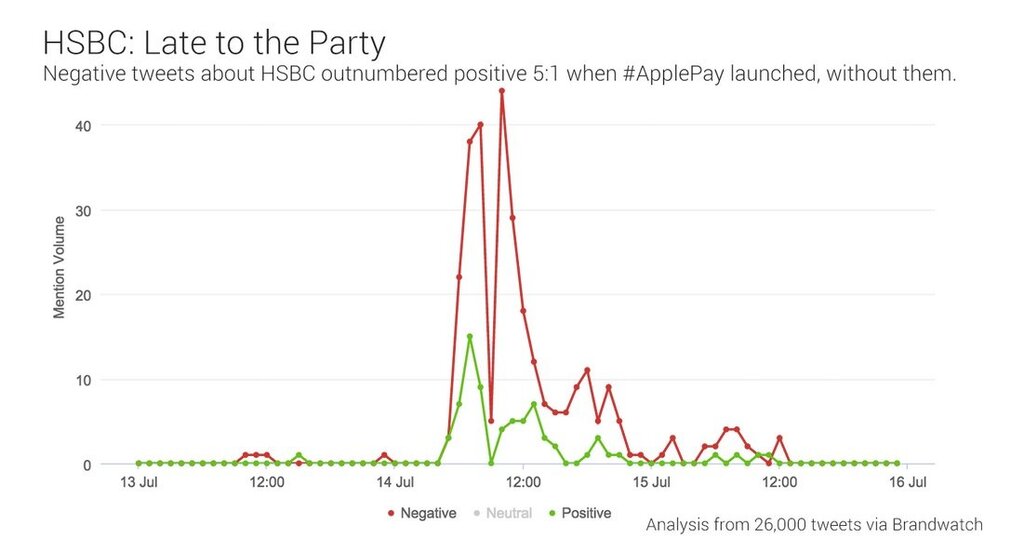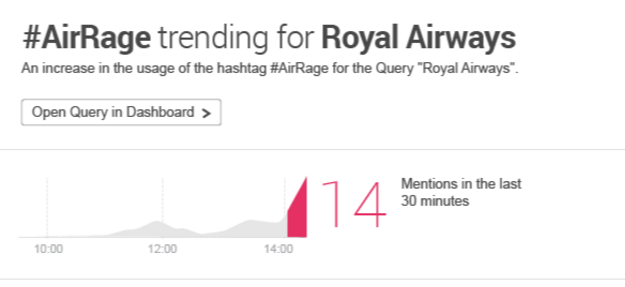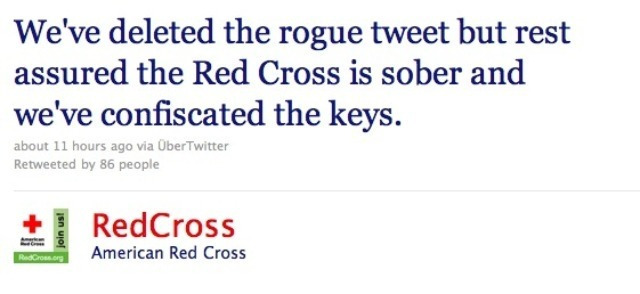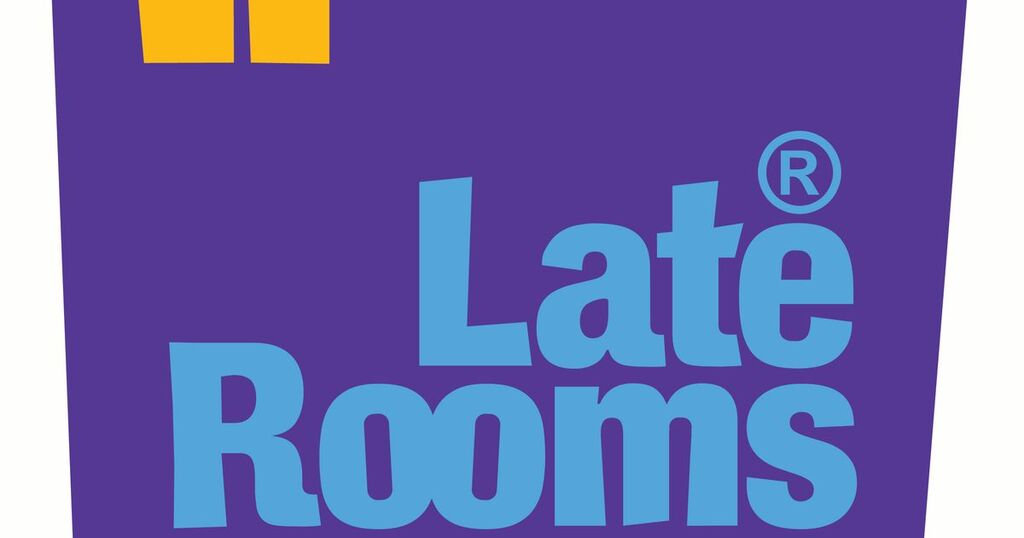10 Social Listening Tools and Who They’re Best for
By BrandwatchJul 14
Join us and boost your social media potential with our data-led event
Published February 10th 2016
The unprecedented rise of online media has seen an explosion of easily accessible information. It has also led to a rise in the channels available for communication between brand and consumer. And it has meant that from time to time, brands will need to engage in social media crisis management.
One of our six essentials for crisis management is having a social media plan in place. This blog post will get that sorted for you.
The rise of social has had a profound impact on brand communications. Not only has the speed of communications increased, but they have been moved into the public realm. If a customer complains, they do so in front of an audience.
Managing your online reputation through social media should, for the most part, increase brand awareness, drive customer engagement, assist product development, and ultimately drive sales, among various other positive outcomes.
Brands should have a plan in place to avoid a social media crisis, stopping reputational damage before it escalates.
Getting reputation management right before a crisis unfolds can actually cost relatively little – but getting it wrong can quickly become an extremely expensive mistake.
However, regardless of well-laid plans, occasionally this connected, public world can explode into a fit of rage and fury.
It is at times like these you need a robust social media crisis management strategy in place before things start to spiral so far out of your control that permanent reputational damage is done to your brand.

Firstly, there are different types of crises. Some of them can be prepared for or addressed early. Others will spring up out of the blue with little or no warning.

The first part of the plan is identification. Most consumer-facing organizations now find about issues and crises through social media before they find about them from their own employees. Similarly, these problems will be talked about on social media before they hit the mainstream media.
This means establishing a social media listening process can provides an opportunity to buy vital time. You can manually establish keywords to monitor (think of the worst things that could happen to your company), or use an advanced tool like Brandwatch to employ an automatic analysis system.
Brandwatch Signals will alert you when of a spike in any topic of conversation, allowing you to be notified of crises that you hadn’t even imagined. You can also set alerts to notify you of influential people post negative comments about your brand.
Once an issue is identified the first task is to establish the category and magnitude of the problem. Generally, this should include:
Someone complaining that their delivery was a day late should not force the social media crisis management team into overdrive. The seriousness will have an impact on the response. It will also change the level of response, from customer service teams right the way up to the C-Suite.
While some problems will escalate no matter how posts about it, others will only pick up steam if an influential individual with a reach of thousands comments. For the same reasons that influencer marketing works so well, having this type of individual talk about a problem can quickly lead to a crisis.
What constitutes a crisis will differ depending on the size of the organization and the number of mentions it is used to getting each day. By tracking the change in volume of tweets, and the velocity of that change, the size of the crisis can be identified. This also allows you to tell if the problem is growing, peaking or disappearing.
There are two immediate decisions to make here. The first is whether to respond at all. The second is whether any changes need to be made as a result of the crisis.
In some cases the best form of action is to simply not respond. It takes bravery, but if the crisis is small, short lived and on the decline, making a comment may only serve to stoke the fire.
A crisis involving a really serious incident (injury or loss of life for example) make the organization duty bound to respond, and in a timely fashion. They will need to explain why the incident occurred and possibly apologise for it, and then clarify what is being done about this incident, as well as any changes to ensure that it won’t be repeated. The exact nature of the response will of course depend on the nature of the crisis.

If a statement is required the organization’s PR and communications teams should take the lead in preparing it and decide how best to distribute it across social and traditional media channels.
The best crisis response statements will be created considering:
LateRooms
LateRooms, an online hotel booking specialist, combined the power of social intelligence and great customer service to avert a minor crisis. Brandwatch signals alerted the brand to a disparaging forum thread where a previous customer who had had a bad experience was strongly advising anyone against buying through LateRooms.com.

When the social team were alerted to the thread they found the customer’s details in their database and contacted him directly. The former customer had his issues resolved and was so pleased with the company’s handling of the situation that he removed all the previous criticism from the thread, and eventually the thread was taken offline.
This case study shows the power of using social intelligence to discover criticism early and put a strategy in place that stops the issue from escalating further.
History tells us that organizations that recover from crises with their reputations most intact are the ones who are most prepared. If you would like to discover the power of Brandwatch and how it can help your business in a crisis, please get in touch for a free demo.
Offering up analysis and data on everything from the events of the day to the latest consumer trends. Subscribe to keep your finger on the world’s pulse.
Existing customer?Log in to access your existing Falcon products and data via the login menu on the top right of the page.New customer?You'll find the former Falcon products under 'Social Media Management' if you go to 'Our Suite' in the navigation.
Brandwatch acquired Paladin in March 2022. It's now called Influence, which is part of Brandwatch's Social Media Management solution.Want to access your Paladin account?Use the login menu at the top right corner.